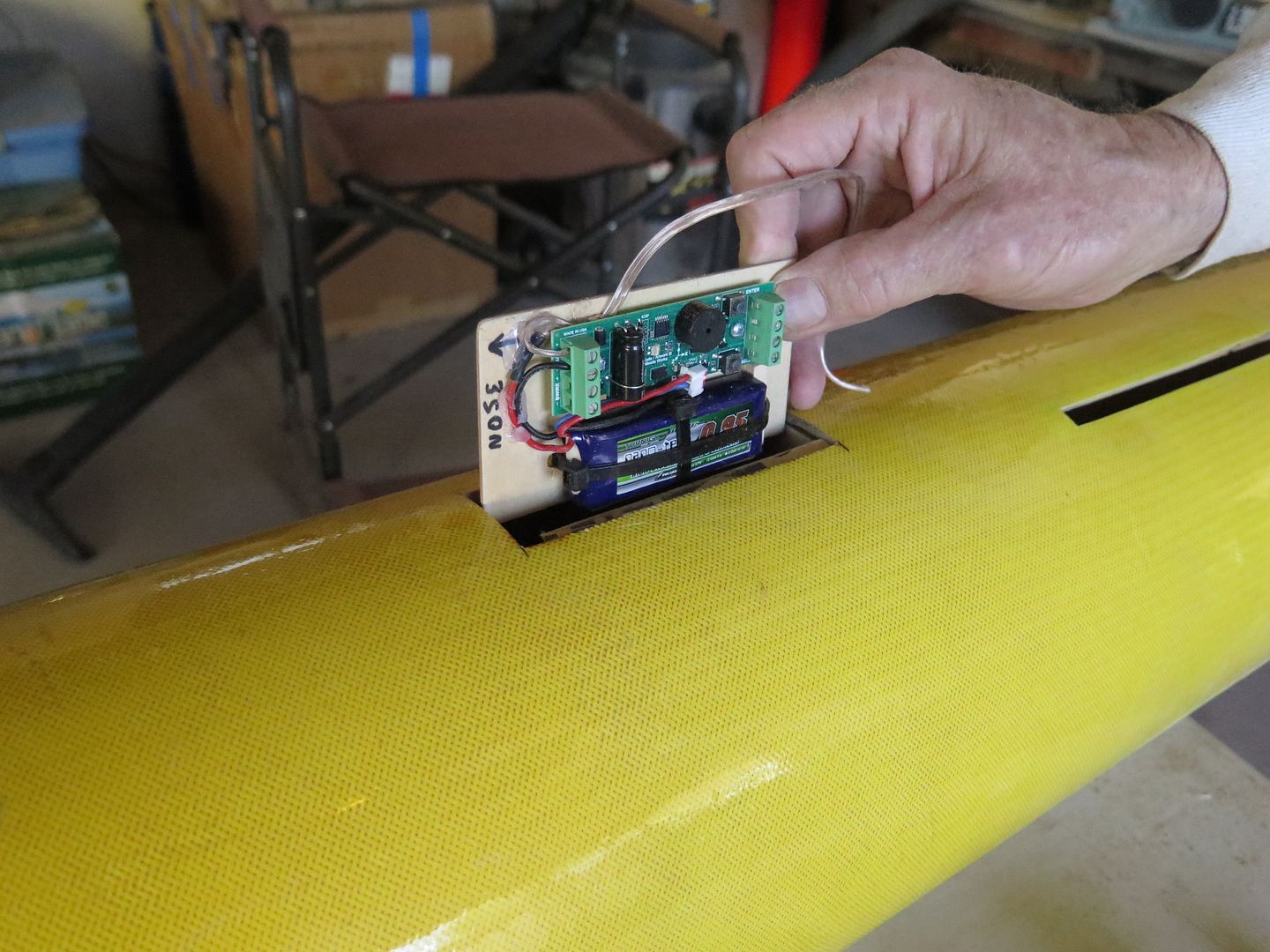ThirstyBarbarian
Well-Known Member
- Joined
- Feb 11, 2013
- Messages
- 12,249
- Reaction score
- 7,482
I’d like to start experimenting with airstarts, and along with that, electronic deployment and dual deployment.
I’m looking for recommendations for a rocket with a cluster mount, with a central motor and 2 to 4 outboards. I am an L2, so the combined total of motors can be in the L2 range, but I’d like this rocket flyable on just a single L1 central motor if possible, so nothing huge! I’m not into high-performance, high-altitude flights, so it’s fine if the rocket is fat, as long as it’s not too heavy. I’d like the rocket to have a full dual deploy setup with everything needed for an electronics bay.
In addition to the rocket, I need the flight computer. This is the most intimidating and least attractive part of the project for me. I know some people like fiddling with electronics and enjoy that aspect of the hobby, but that’s not me. I’ve got my L2, but the closest I’ve come to dual deploy flights is using a Jolly Logic Chute Release, which is very consumer friendly, easy to use straight out of the box, hard to screw up. I’ve always done motor eject, and the reason I’ve avoided electronic eject is my aversion to the electronics. To me, this is going to be a necessary evil and means to an ends for the flights I want to fly, so I’d like it to be as easy as it can be. So with that said, I’d like a recommendation for a system to initiate (or inhibit) airstarts and to fire the drogue and the main — one which is easy to set up and easy use.
Thanks!
I’m looking for recommendations for a rocket with a cluster mount, with a central motor and 2 to 4 outboards. I am an L2, so the combined total of motors can be in the L2 range, but I’d like this rocket flyable on just a single L1 central motor if possible, so nothing huge! I’m not into high-performance, high-altitude flights, so it’s fine if the rocket is fat, as long as it’s not too heavy. I’d like the rocket to have a full dual deploy setup with everything needed for an electronics bay.
In addition to the rocket, I need the flight computer. This is the most intimidating and least attractive part of the project for me. I know some people like fiddling with electronics and enjoy that aspect of the hobby, but that’s not me. I’ve got my L2, but the closest I’ve come to dual deploy flights is using a Jolly Logic Chute Release, which is very consumer friendly, easy to use straight out of the box, hard to screw up. I’ve always done motor eject, and the reason I’ve avoided electronic eject is my aversion to the electronics. To me, this is going to be a necessary evil and means to an ends for the flights I want to fly, so I’d like it to be as easy as it can be. So with that said, I’d like a recommendation for a system to initiate (or inhibit) airstarts and to fire the drogue and the main — one which is easy to set up and easy use.
Thanks!




